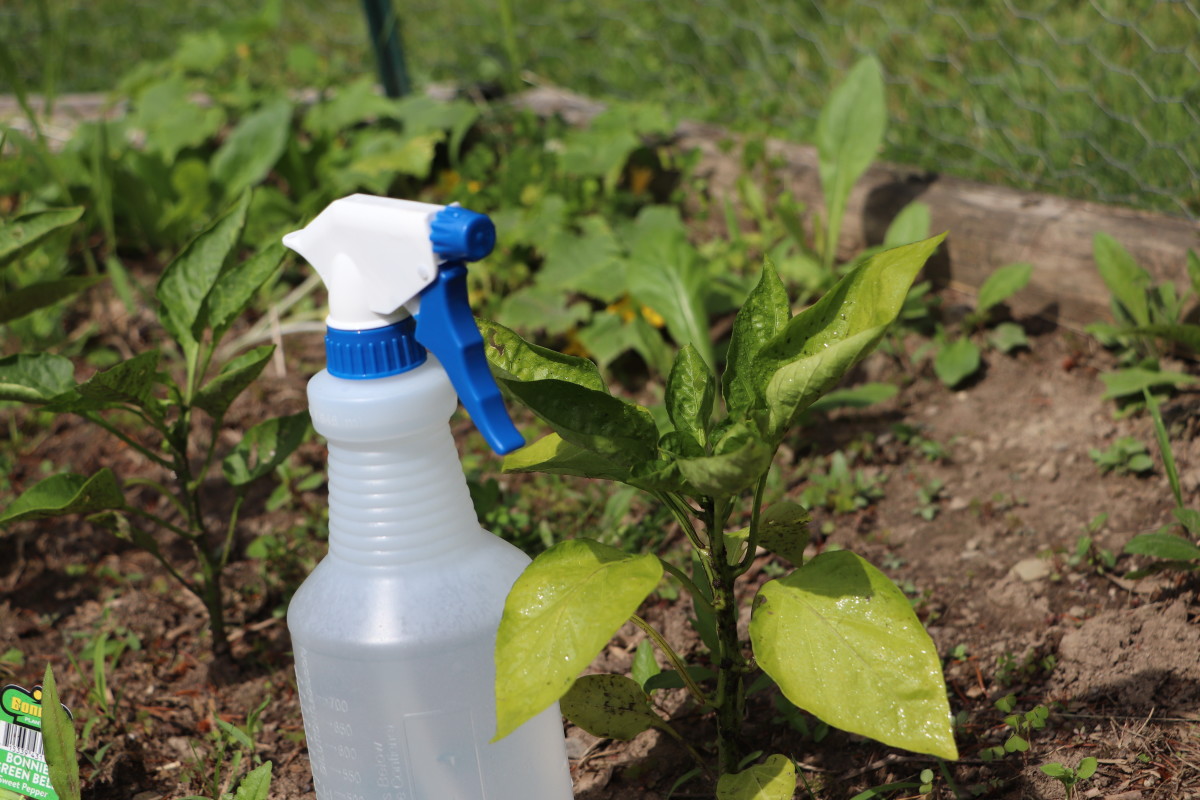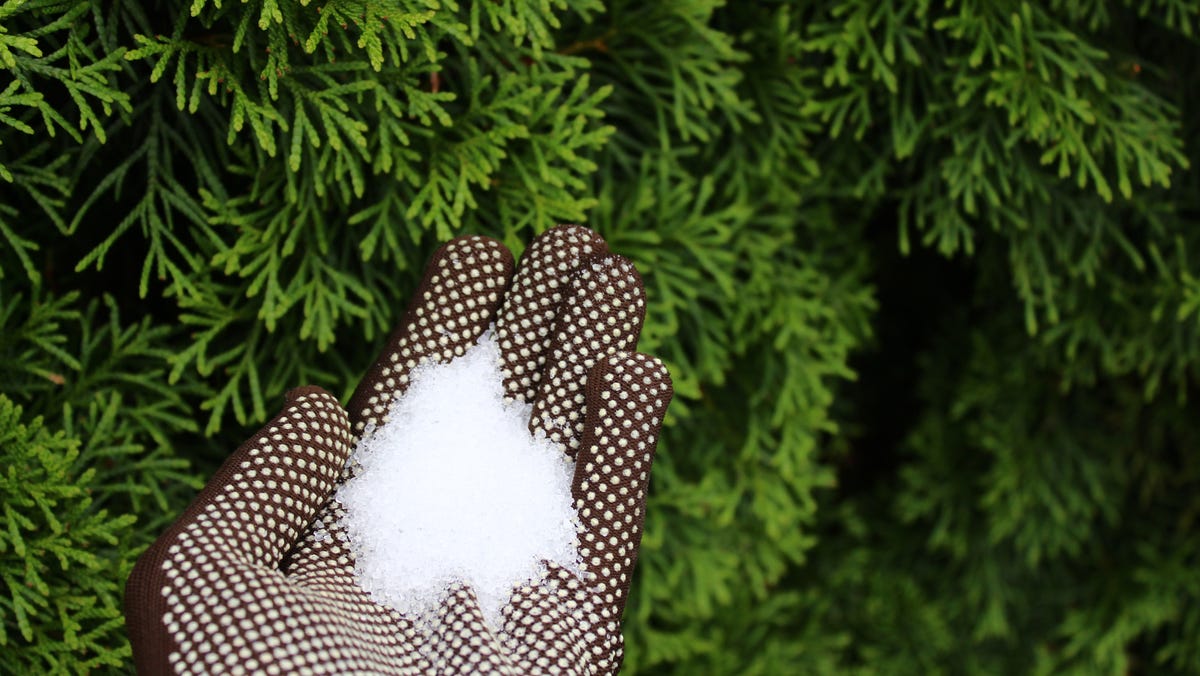Gardening Tips: What Plants Don't Like Epsom Salt and Why
Wiki Article
Discover the Particular Plants That Are Negatively Affected by Epsom Salt Application
Epsom salt, a prominent house treatment for different horticulture issues, is usually commended for its helpful effects on plant growth. Understanding the details plants that can be detrimentally impacted by Epsom salt is crucial for any garden enthusiast looking to maximize their plant treatment routine.Roses

Roses, especially sensitive to changes in their setting, can be adversely impacted by the application of Epsom salt. While Epsom salt is frequently used as a plant food to advertise plant growth and boost flowering, roses are among the plants that do not respond well to its application. The high magnesium web content in Epsom salt can disrupt the uptake of other vital nutrients by the rose plants, leading to shortages that materialize as yellowing fallen leaves or stunted development.

Tomatoes
While Epsom salt is typically proclaimed as a solution for various plant problems, including blossom end rot in tomatoes, its application can lead to detrimental end results if not utilized judiciously. Excessive Epsom salt, which is magnesium sulfate, can disrupt the fragile nutrient equilibrium needed by tomatoes, possibly leading to shortages in other crucial nutrients like calcium. When taking into consideration the use of Epsom salt on tomatoes, it is essential to stick to suggested application rates and soil screening to stop unintended effects on the overall health and wellness and productivity of these precious garden plants.Peppers
Peppers, prized for their different colors and degrees of spiciness, can show susceptibility to adverse effects from Epsom salt when not used with care and factor to consider for their details nutritional needs. what plants don't like epsom salt. Peppers, coming from the Solanaceae family, call for a fragile equilibrium of nutrients to thrive. While Epsom salt is recognized to increase magnesium degrees in plants, excessive application can interrupt this balance, leading to negative effects on pepper plantsWhen peppers are subjected to high degrees of magnesium from Epsom salt, it can interfere with the plant's capacity to soak up other crucial nutrients like calcium and potassium. This discrepancy might manifest in symptoms such as fallen leave discoloration, stunted development, and lowered fruit production. Furthermore, the too much magnesium can alter the dirt pH, additional worsening nutrient uptake concerns for peppers.

Rhododendrons
Offered the sensitivity of specific plant varieties to inequalities triggered by Epsom salt, it is vital to think about the effect on Rhododendrons, which additionally call for details nutrient degrees to thrive. Rhododendrons are acid-loving plants that prefer acidic soil problems with a pH range between 4.5 and 6.0. Epsom salt, chemically called magnesium sulfate, can modify the dirt pH and interfere with the delicate balance of nutrients important for Rhododendron health and wellness.
To keep the optimal development and wellness of Rhododendrons, it is important to avoid the unplanned use Epsom salt and instead focus on providing the details acidic dirt conditions and nutrients that these plants need for growing.
Azaleas
Azaleas, understood for their vivid blooms and wide series of shades, are ornamental hedges that come from the Rhododendron category. These prominent flowering plants are usually look at these guys found in gardens, landscapes, and parks due to their elegance and adaptability. Azaleas are sensitive to modifications in dirt pH degrees, which can substantially impact their development and overall health and wellness. While Epsom salt is commonly utilized as a remedy for magnesium deficiency in plants, its application to azaleas can have adverse impacts.Azaleas favor a little acidic dirt problems, and an unwanted of magnesium from Epsom salt can interrupt this equilibrium, leading to nutrient inequalities and potential toxicity issues. The incorrect application of Epsom salt can result in stunted growth, yellowing of fallen leaves, and total decrease in the health and wellness of azaleas.
Conclusion
To conclude, it is essential to be familiar with the details plants that can be adversely impacted by the application of Epsom salt. Roses, tomatoes, peppers, rhododendrons, and azaleas are some examples of plants that might not benefit from Epsom salt and might also experience injury. It is crucial to study and understand the requirements of each plant varieties before utilizing Epsom salt as a fertilizer to guarantee their health and wellness.
Recognizing the specific plants read here that can be negatively influenced by Epsom salt is crucial for any garden enthusiast looking to enhance their plant treatment regimen. While Epsom salt is commonly utilized as a plant food to advertise plant development and improve blooming, roses are one of the plants that do not react well to its application.Excessive use of Epsom salt can likewise result in a build-up of salts in the dirt, leading to root damages and dehydration of the rose plants. While Epsom salt is known to enhance magnesium levels in plants, excessive application can disrupt this equilibrium, leading to unfavorable impacts on pepper plants.
The high salt material in Epsom salt can also dry out Rhododendron origins, creating more stress and anxiety and damages to the plant. (what plants don't like epsom salt)
Report this wiki page